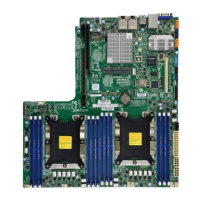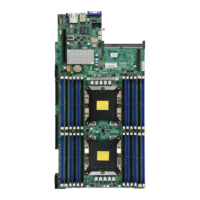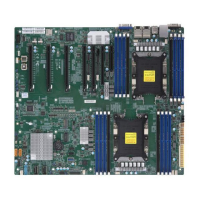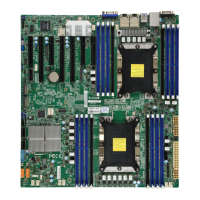Super X11DDW-L/NT User's Manual
108
Trusted Computing (Available when a TPM device is installed
and detected by the BIOS)
When a TPM (Trusted-Platform Module) device is detected in your machine, the following
information will be displayed.
• TPM2.0 Device Found
• Firmware Version
• Vendor
Security Device Support
If this feature and the TPM jumper (JPT1) on the motherboard are both enabled, the onboard
security (TPM) device will be enabled in the BIOS to enhance data integrity and system
security. Please note that the OS will not show the security device. Neither TCG EFI protocol
nor INT1A interaction will be made available for use. If you have made changes on the setting
on this item, be sure to reboot the system for the change to take eect. The options are
Disable and Enable. If this option is set to Enable, the following screen and items will display:
• TPM Enabled Status
• TPM Active Status
• TPM Owner Status
TPM State
Select Enabled to use TPM (Trusted Platform Module) settings to enhance system data
security. Please reboot your system for any change on the TPM state to take eect. The
options are Disabled and Enabled.
Pending Operation
Use this feature to schedule a TPM-related operation to be performed by a security (TPM)
device at the next system boot to enhance system data integrity. Your system will reboot to
carry out a pending TPM operation. The options are None and TPM Clear.
Note: Your system will reboot to carry out a pending TPM operation.
SMCI BIOS-Based TPM Provision Support
Use feature to enable the Supermicro TPM Provision support.The default option is Disabled
if SMCI BIOS-Based TPM Provision Support item is "Ocial"; the default option is Enabled
if SMCI BIOS-Based TPM Provision Support item is "Beta".
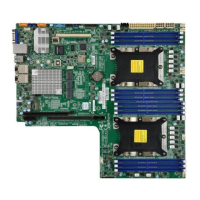
